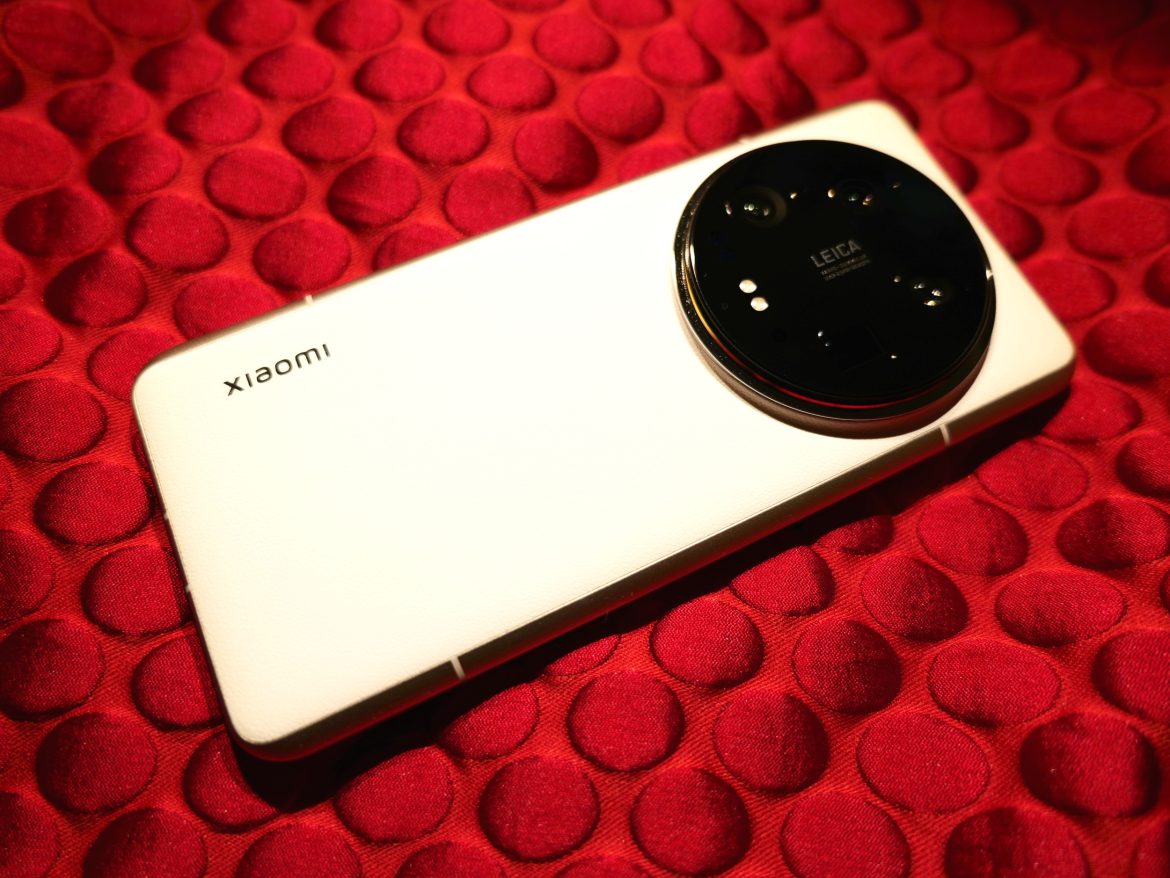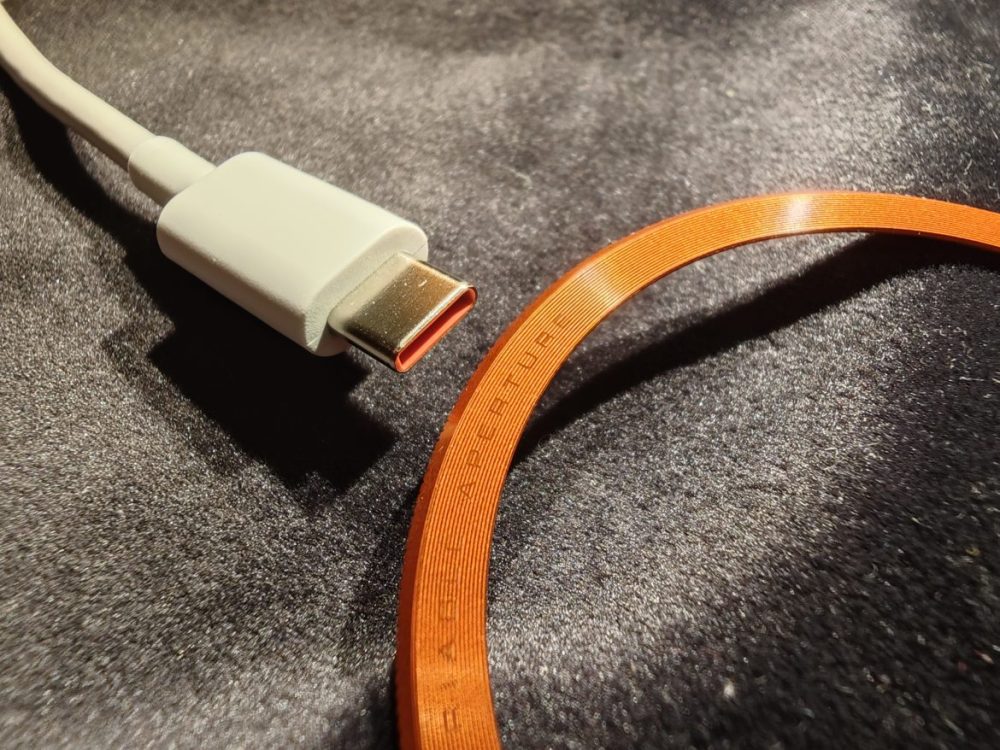TL;DR
The Xiaomi 14 Ultra blurs the lines between smartphone and dedicated camera, boasting an Leica-engineered quad-lens system that delivers outstanding photo and video quality. Its powerful Snapdragon 8 Gen 3 chip and Hyper OS ensure top-tier performance, while features like dual-Bluetooth and 80W wireless charging add convenience. The optional Photography Kit enhances the experience with a grip, shutter button, and filter adapter, though it adds to the considerable cost and bulk. While undeniably premium, its size and high price point make it a significant investment, potentially making a separate camera and phone a more practical choice for some. Discover if this hybrid powerhouse is the ultimate imaging tool for you – read our full review for the details!
It is often said that the best picture is the one taken. With ubiquitous smartphone cameras, countless images are now captured that might otherwise never have existed. However, many of these spontaneous ideas fail to translate into images that truly capture the original vision. The Xiaomi 14 Ultra ambitiously aims to address this, providing a mobile device with a camera system designed to ensure that nearly every shot aligns with the user’s intent. Through a collaboration with Leica, Xiaomi has equipped this phone with high-end lenses and camera systems not only approved by but also manufactured by Leica – a significant achievement. The optional Xiaomi Photography Kit further enhances this experience, transforming the mobile device to more closely resemble a dedicated camera. The line between the two is increasingly blurred.
As a smartphone, a role that almost feels secondary here, the Xiaomi 14 Ultra excels in virtually every aspect. It presents a thoroughly luxurious, well-constructed, and confidence-inspiring design. The primary drawbacks are its price and size. Combined with the Xiaomi Photography Kit, the device represents a substantial investment. Moreover, it’s undeniably heavy and large, particularly when used with a protective case. This raises the question of the device’s true identity: Is it a camera with phone capabilities, or vice versa? While system cameras can’t make calls, one could opt for a more affordable phone paired with a dedicated full-frame camera. The ultimate decision hinges on individual priorities and the willingness to carry a separate camera. Given that most users typically have their mobile phone with them, the optimal solution remains subjective.
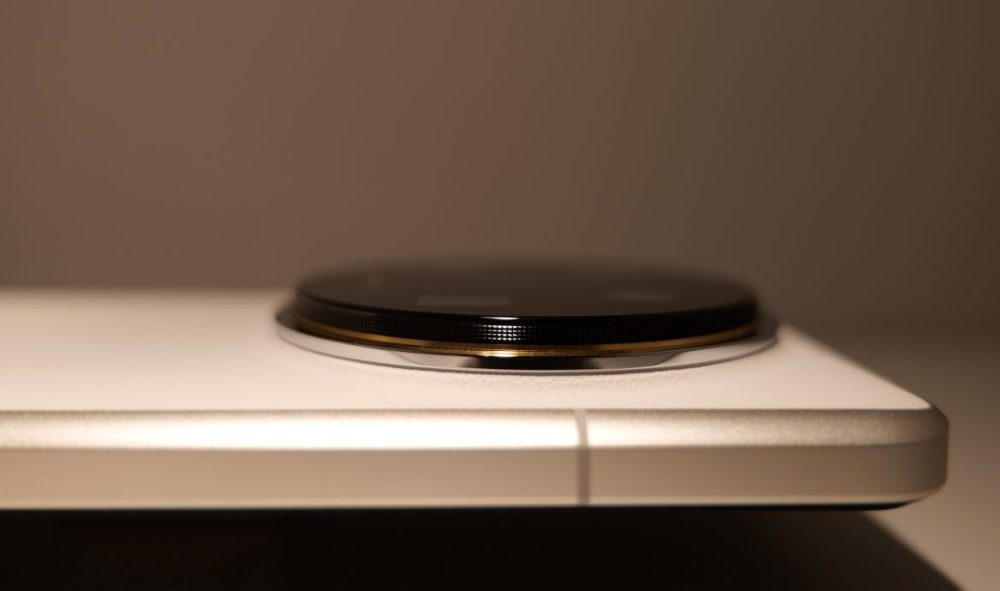
Join us as we delve into our experiences with the Xiaomi 14 Ultra and Xiaomi Photography Kit after a month of intensive use.
What is Xiaomi 14 Ultra like as a phone?
The Xiaomi 14 Ultra runs Xiaomi Hyper OS, built upon Android 14. Discerning which features originate from the manufacturer and which are inherent to the operating system proves challenging. Regardless, the Xiaomi 14 Ultra stands out as a highly capable phone, offering a comprehensive suite of features.
One notable feature is its 10W reverse wireless charging capability, enabling users to charge accessories like headphones or even another phone by placing them on the back of the Xiaomi 14 Ultra. Coupled with a substantial 5,000 mAh battery optimized by dual chipsets, battery life is rarely a concern. In scenarios requiring rapid replenishment, the included 90W charger can fully charge the phone in approximately 46 minutes, providing a claimed 14.5 hours of continuous usage. An optional wireless charger supporting 80W charging is also available for purchase.
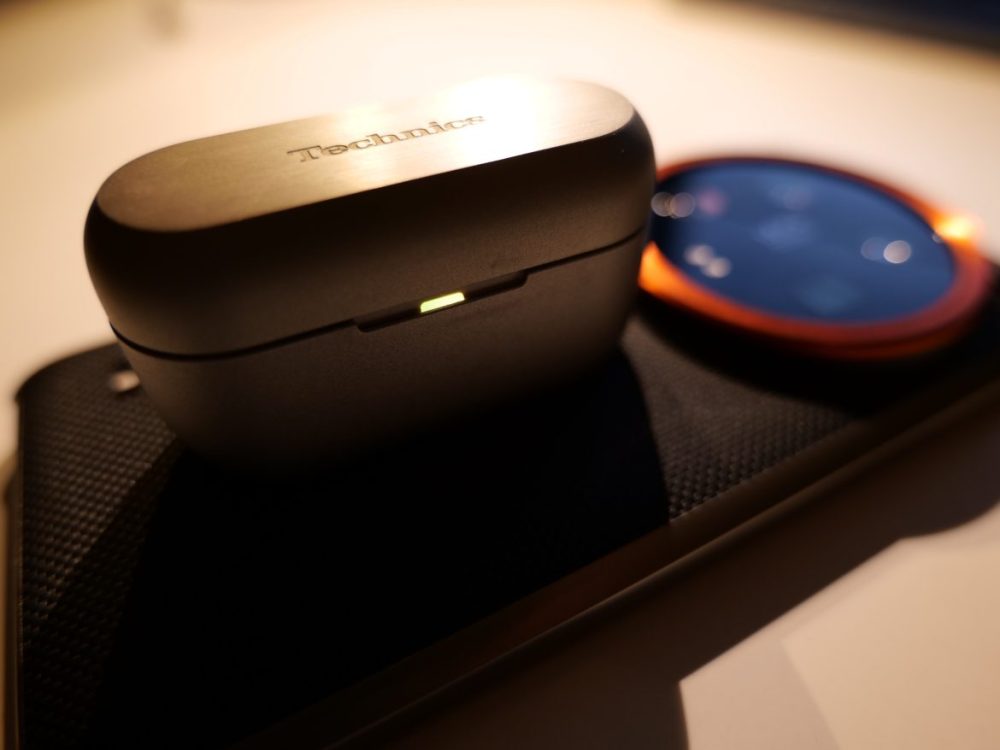
We identified a potential enhancement within Xiaomi’s ecosystem. Our recent review of the Xiaomi Watch 2 Pro noted the absence of wireless charging. The utility of this feature becomes particularly apparent in this context. Wireless charging from the Xiaomi 14 Ultra to the smartwatch would be a valuable convenience, especially considering the watch’s frequent need for recharging. Furthermore, the lack of a USB-C connector on the watch’s charging cable adds to the inconvenience. This oversight is regrettable.
The dual-Bluetooth capability is a noteworthy feature, finally enabling users to listen through two pairs of headphones simultaneously on trains or planes. While Apple offers a similar functionality, it’s limited to Airpods or Beats headphones. Select Samsung models also support this feature. With the advent of Android 15, this capability should become standard across all phones. However, Xiaomi joins a relatively small group offering it already in Android 14. We tested this feature with the Jabra Elite 8 Active – Gen 2 and Shokz Open Fit, and it worked flawlessly after a brief initial setup, with no syncing or volume issues. This feature is exceptionally useful and arguably overdue! However, we observed that the volume increments are too large, which can be problematic in certain scenarios, such as listening to podcasts before sleep.
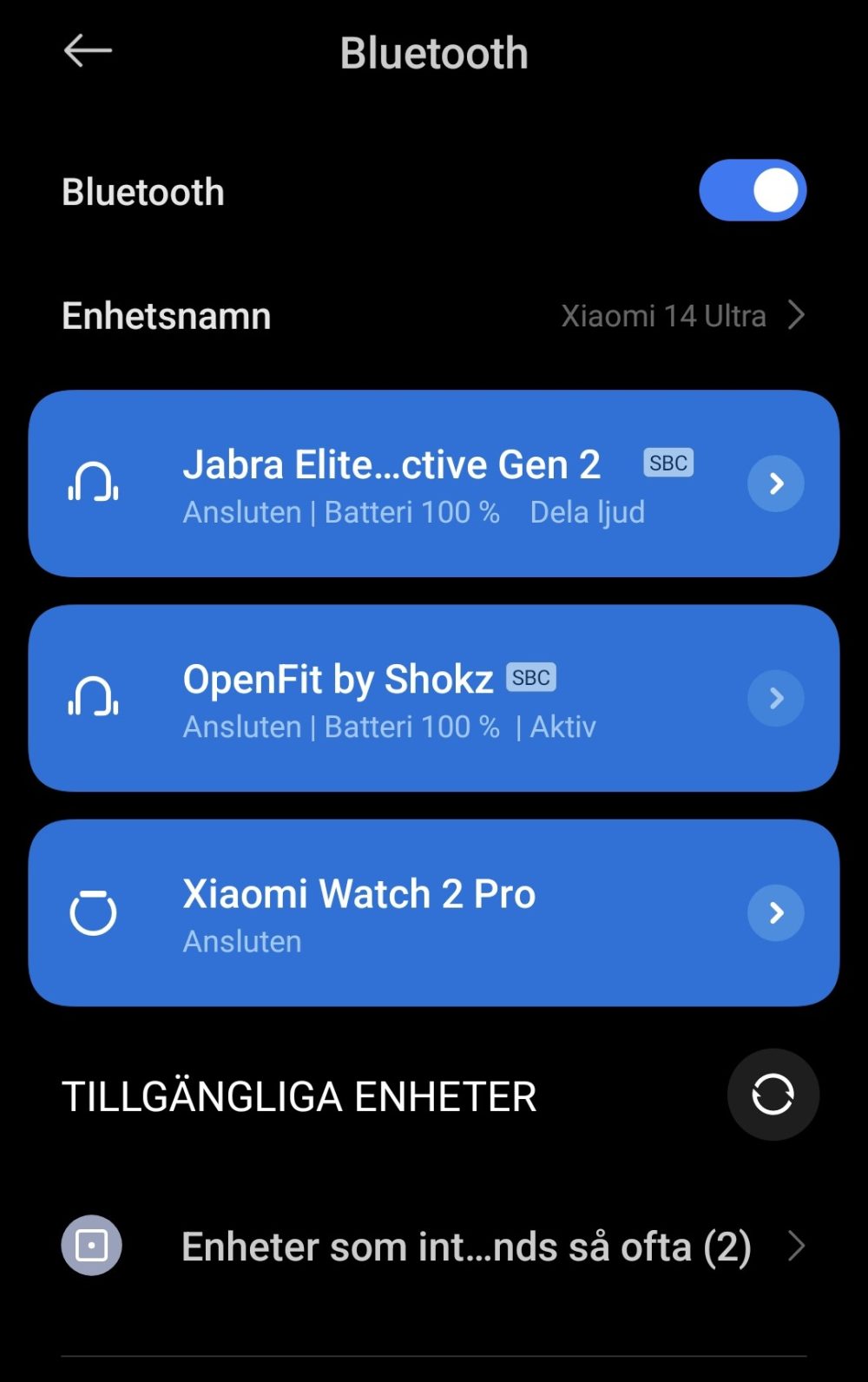
Performance is driven by a Snapdragon 8 Gen 3 processor (identical to that found in the Samsung Galaxy 24 Ultra), alongside an Adreno 750 GPU. The device features 16GB of LPDDR5X RAM and 512GB of storage capacity. These specifications are ample.
In summary, the Xiaomi 14 Ultra is a powerhouse that handles all challenges effectively, which is expected given its price point of SEK 18,000. It delivers clear call quality, rapid app loading, excellent gaming performance, and an exceptional camera system. This last point is a primary focus of this review, so let’s transition to evaluating the Xiaomi 14 Ultra as a camera.
Xiaomi 14 Ultra as a camera
Let’s briefly examine the Xiaomi Photography Kit. It essentially comprises a specialized phone case with enhanced functionality. The back (or potentially the front, considering the camera-centric nature of the device) accommodates two decorative rings and an adapter for lens filters. The filter adapter is particularly valuable, allowing the use of filters such as an adjustable NANO neutral density filter for long-exposure photography or a polarizing filter to mitigate unwanted reflections. While filters are not included, they are readily available (67 mm is a common standard).
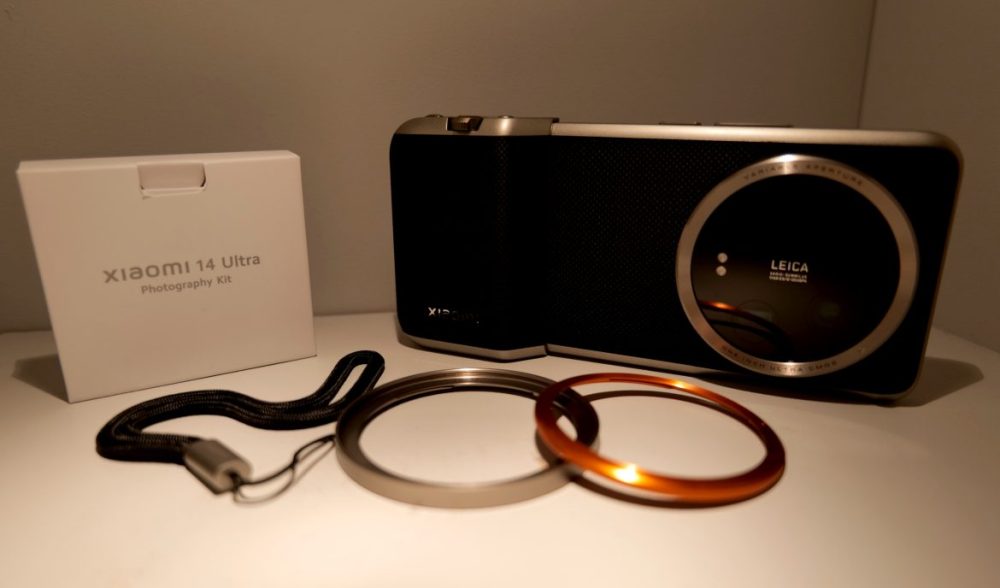
The short edge, where the charging cable is typically connected, features a locking mechanism for attaching a handle. This handle provides enhanced grip, incorporates a shutter button (with a half-press for pre-focus), and functions as a 1500 mAh power bank. A wrist strap is also included to prevent accidental drops.
With the kit installed, we began experimenting with the various features. The image and video quality are, in short, outstanding, largely due to Leica’s contribution to the Xiaomi 14 Ultra. The camera system comprises four distinct lenses:
- 50 MP, 23mm wide angle, ƒ/1.6-ƒ/4.0 (48MP Main: 24 mm, ƒ/1.8)
- 50 MP, 75mm tele, ƒ/1.8, 75mm, 3.2x optical zoom
- 50 MP, 120mm periscope tele,ƒ/2.5, 5x optical zoom (12MP, 120 mm periscope tele, ƒ/2.8 5x optical zoom)
- 50 MP, 12mm ultra wide angle 122˚,ƒ/1.8 (12MP: 13 mm ultra wide angle 120˚, ƒ/2.2,)
(For comparative context, specifications of the iPhone 15 Pro Max are provided within parentheses where applicable.)
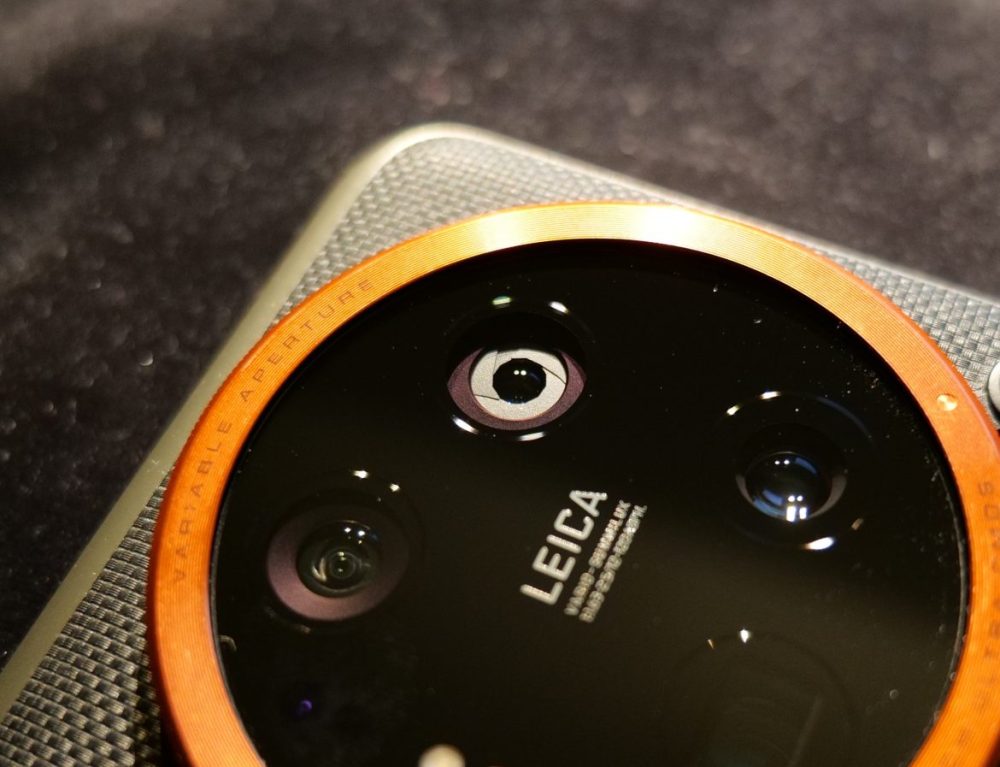
The comparison highlights the impressive aperture values. The aperture is stepless and demonstrably mechanical. When the Xiaomi 14 Ultra is gently shaken, internal movement can be felt until the camera app is activated, at which point the movement ceases as the aperture blades and lens assembly are engaged. These components are even visible upon startup.
A comprehensive overview of all the Xiaomi 14 Ultra’s camera capabilities is beyond the scope of this review. However, we identified several standout features. The portrait mode is particularly noteworthy, employing HDR and depth of field effects in a subtle and refined manner, avoiding an artificial or over-processed look. While the image processing optimizes light balance, highlights, and curves to achieve an “ultimate” result, the enhancements remain tasteful. The resulting image quality often prompts users to share their photos immediately. This stems from the clarity, color balance, ability to capture moving subjects, and rapid startup time. A double-click of the volume button captures a snapshot, often before the screen even initializes. Fine-tuning can be performed afterward, but the crucial moment is captured. The standard camera mode also delivers exceptional results.
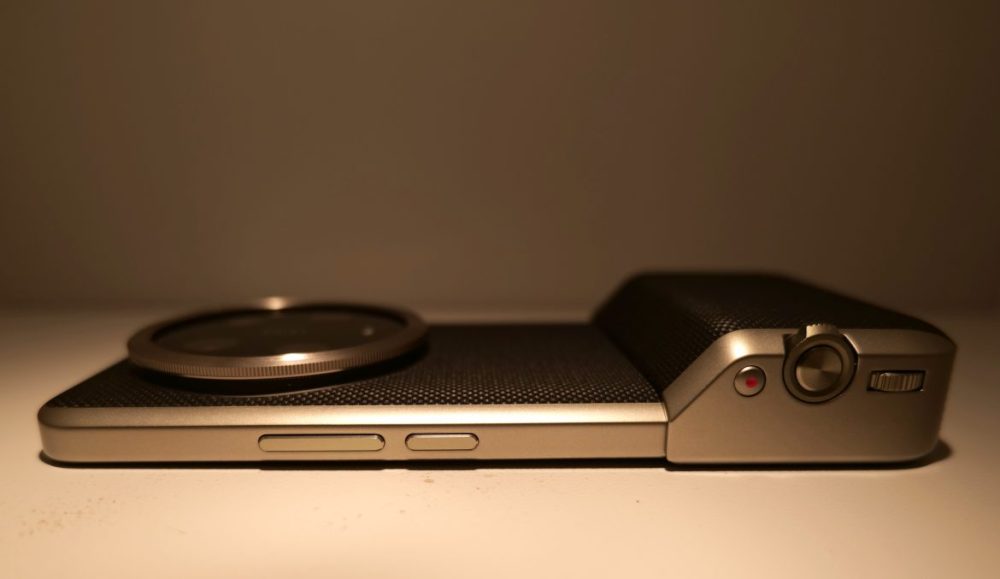
For video recording, two modes are available: video and film. Notable features include the ability to lock focus on a moving subject and track its movement. Audio zoom dynamically adjusts the microphone sensitivity based on the zoom level, filtering out extraneous sounds. Users can choose whether the four 68db microphones record surround sound from all directions or focus on the audio corresponding to the zoomed area. The MasterCinema mode enables recording high-dynamic-range videos in the 10-bit Rec.2020 standard (HDR), potentially in 8K resolution. Slow-motion recording is possible in 1080p at 1920 FPS, or in super macro mode at 960 FPS. And so on.
The Xiaomi 14 Ultra truly stands apart, representing perhaps the most capable mobile device for capturing its surroundings that we have encountered. Admittedly, we have not exhaustively tested every feature, combination, filter, or ability. However, our extensive testing has consistently yielded exceptional results. Following this evaluation, the performance of many other mobile devices pales in comparison.
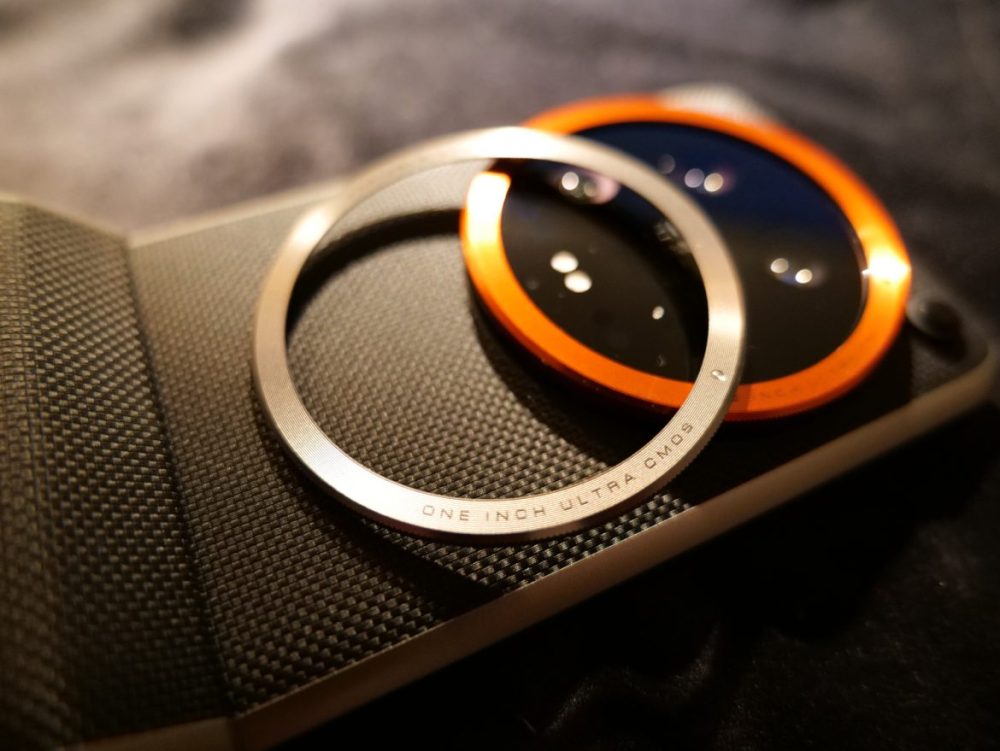
However, this exceptional performance comes at a cost, both financially and in terms of usability, which raises questions about whether the Xiaomi 14 Ultra is a device users will consistently carry, akin to a dedicated camera.
What we still don’t like
We began with the adage that a picture taken is superior to one not taken. However, the Xiaomi 14 Ultra is undeniably bulky, a significant consideration. It makes an iPhone 14 Pro feel streamlined by comparison, which may ultimately impact its portability. The price is also a factor; SEK 18,000 is a substantial investment for a phone, even one with a phenomenal camera system. While four years of software updates and five years of security updates are guaranteed, Samsung’s offering of seven years of updates surpasses this. The Xiaomi Photography Kit adds another SEK 4,500, a purchase whose value remains debatable (as exceptional photos can be captured without it, albeit without the filter options). At SEK 22,500, a plethora of alternatives exist. For example, a full-frame camera from Sony can be acquired for approximately SEK 14,000, paired with an Asus Zenfone 10 for SEK 9,000 (a total of SEK 23,000). This configuration provides a dedicated full-frame camera, which, despite the Xiaomi 14 Ultra’s capabilities, remains a superior tool for pure photography.
Our criticisms are limited to the price and size; all other aspects of the Xiaomi 14 Ultra are truly world-class.
Conclusion Xiaomi 14 Ultra
To reiterate, this is an exceptional smartphone featuring a remarkable camera. However, it is both expensive and large. While even more expensive phones exist, the cost remains significant, and portability is a crucial factor for smartphones. Ultimately, the decision hinges on individual priorities. The Xiaomi 14 Ultra likely delivers superior results compared to a system camera for users without extensive photographic experience. Moreover, the Xiaomi 14 Ultra generates images of sufficient resolution for creating high-quality A4 photo books. The device fulfills its claims with considerable success, regardless of price. Critically, it is more likely to be carried regularly than a dedicated camera, despite its size.
Xiaomi provided review units for this evaluation. The provision of materials does not influence our editorial independence; our reviews are always conducted with the interests of our readers and consumers as the primary consideration.
